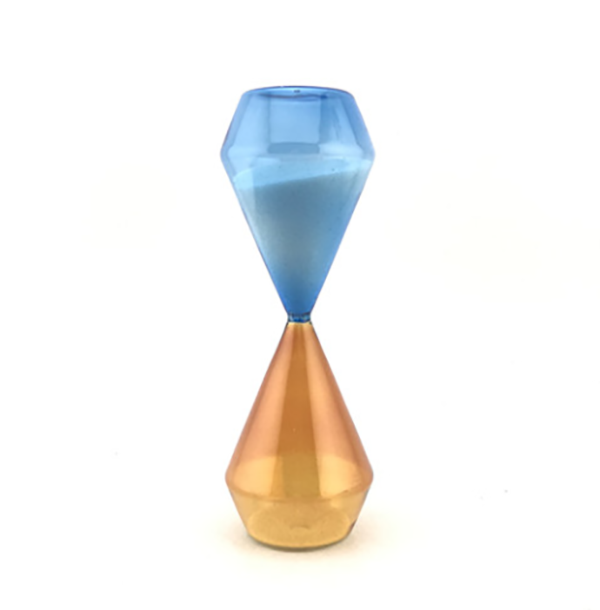Maintaining a cool and comfortable environment is essential for enjoying the summer season. To beat the heat, many homeowners rely on ceiling fans as their go-to cooling solution. These fans are not only energy-efficient but also easy to use and require minimal maintenance. Beyond just cooling, they can enhance the aesthetics of your home. However, choosing the right fan involves understanding key differences between DC and AC models.
The main difference between DC and AC fans lies in the type of current they use. AC fans operate using alternating current, which changes direction periodically, while DC fans run on direct current, which flows in one direction. This distinction affects performance, efficiency, and even compatibility with renewable energy sources like solar power.
When it comes to environmental impact, DC fans are generally more eco-friendly. They consume significantly less electricity than traditional AC fans, often using up to 50-70% less energy to achieve the same airflow. For example, a 25-watt DC fan can perform as effectively as a 100-watt AC fan. This makes DC fans an excellent choice for both residential and commercial spaces, helping reduce energy bills without compromising comfort.
Solar power is a clean and sustainable energy source that can be used to power both AC and DC fans. However, there's a catch: solar panels produce DC electricity, while most AC fans require AC power. To use an AC fan with solar energy, you’ll need a solar inverter to convert the DC into AC. Without this, the fan’s motor could overheat and potentially cause damage. In contrast, DC fans can be directly connected to solar panels without the need for an inverter, making them more efficient when paired with solar systems.
Beyond energy efficiency, DC fans offer several other advantages. They operate at lower voltages, typically ranging from 5V to 48V, which makes them safer and less likely to cause electrical hazards. They are also quieter due to advanced motor technology, making them ideal for environments where noise is a concern, such as offices or medical facilities. Additionally, DC fans generate less electromagnetic interference, making them suitable for sensitive electronic equipment.
Another benefit of DC fans is their resistance to dust and moisture. Many high-quality models are designed for harsh environments and come with protective coatings that resist corrosion, water exposure, and dust. Some even meet strict industry standards like NASA and military certifications. These features make DC fans ideal for industrial and specialized applications.
DC fans also provide better speed control options. You can adjust their speed using various methods, including voltage, PWM signals, or temperature sensors. This flexibility allows you to customize airflow based on your needs, extending the fan's lifespan and reducing noise.
However, DC fans do have some drawbacks. They may require an AC-to-DC converter if your power source is not compatible, which can increase costs. Additionally, the range of control options might be more limited compared to AC fans.
On the other hand, AC fans are typically more affordable and widely available. They also offer more control options and a broader selection of models. But they tend to be noisier, less energy-efficient, and produce more electromagnetic interference.
Choosing between DC and AC fans depends on your specific needs. If you're looking for energy efficiency, quiet operation, and compatibility with solar power, DC fans are the way to go. For budget-conscious buyers who prefer traditional designs and simpler controls, AC fans might be more suitable.
Whether you live in a low-ceiling apartment or manage a rental property, there's a fan model that fits your space and lifestyle. Consider factors like installation requirements, energy costs, and long-term benefits before making a decision.
If you're searching for an eco-friendly and high-performing DC fan, visit The Fan Studio today to explore their wide range of energy-efficient ceiling fans!
A sand clock glass is a transparent container that is used to hold sand in an hourglass or sand timer. The glass is typically made of durable material such as glass or plastic and is shaped in an inverted cone or bulb shape. The sand is placed in the upper bulb or cone, and as it flows through a small opening into the lower bulb or cone, it measures a specific amount of time. The sand clock glass allows for easy visibility of the sand as it flows, making it a popular choice for timing activities or games.

Sand Clock Glass,Sand Clock,Borosilicate Sand Clock Glass,Triangle Sand Clock Glass
Xi'an ATO International Co., Ltd , https://www.ato2008.com